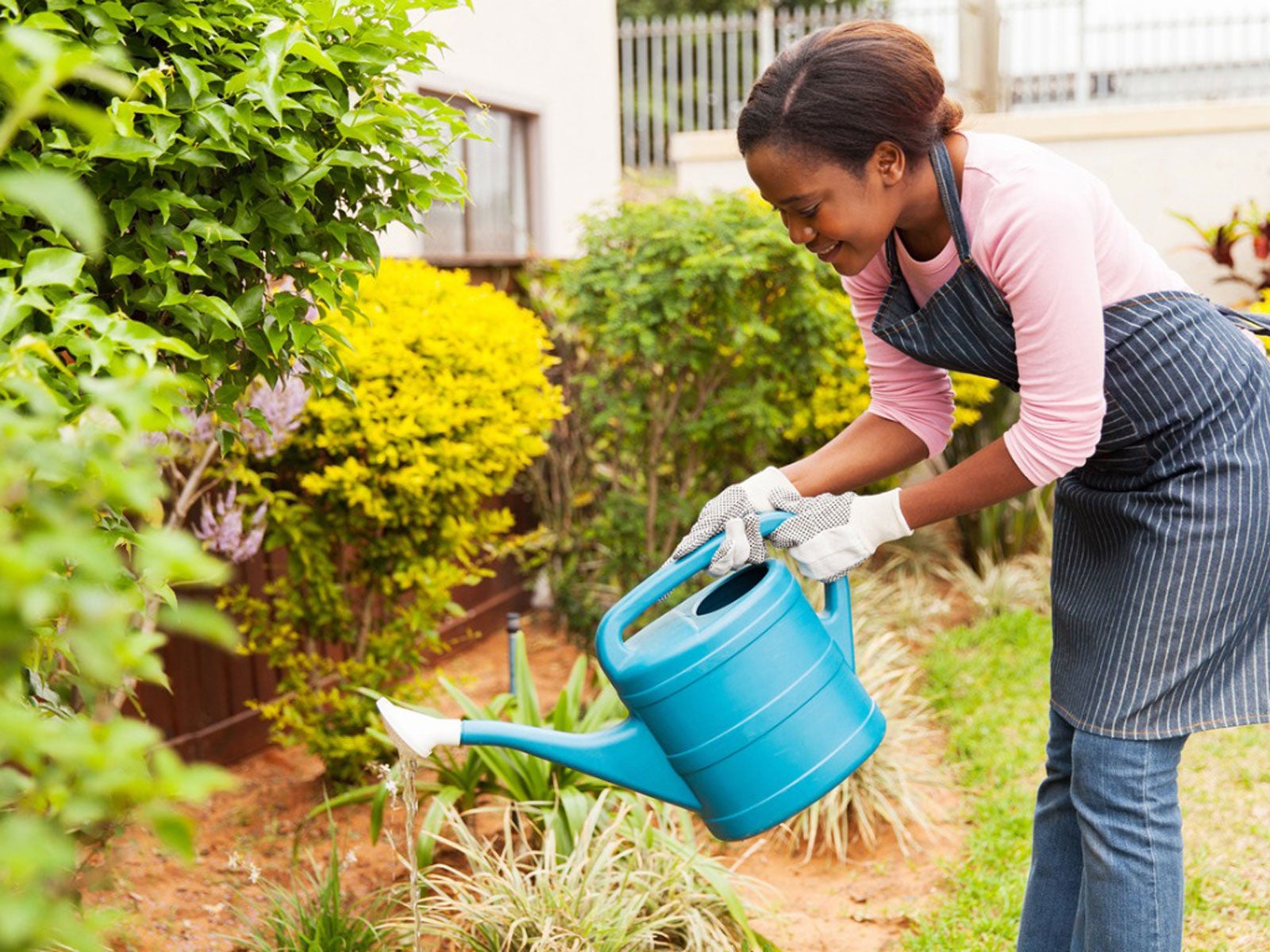Regional Gardening: Tips For Southeast Gardening In July


Summer is here and those hot temperatures in the southeast are upon us, as warm season crops are vigorously growing. Many areas can begin planting for fall in late July. Start planning, amending the soil, and get seeds started. Find out about additional gardening tasks below.
July Garden Tasks
Even though you’re busy weeding, watering, and harvesting, it’s not too late for planting some crops. Southeast gardening in July often includes a start on the garden that provides the autumn harvest.
You may be succession planting your favorite crops for an extended harvest. Tomatoes are a favorite, as so many varieties exist and grow well in these warm summer conditions. Start those seeds of your Halloween pumpkins. Continue to plant cucumbers, peppers, and southern peas.
In cooler parts of the southeast, your regional gardening plan may include seed starting in peat pots for broccoli, cauliflower, and cabbage plants. You can also plant Brussels sprouts and collards in July for a fall harvest.
Plant tender bulbs now in the ornamental bed for autumn blooms. Butterfly lilies, gladiolus, and the vole deterrent society garlic can be planted in July. Work compost into planting holes before adding the bulbs.
There’s still time to plant palm trees. Get them in the ground while the rainy season helps keep them watered.
July To-Do List for the Southeast
- If plants don’t appear healthy and vigorous, apply organic fertilizer of your choice. An application of compost tea after watering is a great way to give your veggies a much-needed boost.
- Feed warm season grasses like Bermuda, zoysia, St. Augustine, and centipede grass, as these are best fertilized this month. Fertilize with 1 pound (0.5 kg.) of nitrogen per each thousand square feet (93 sq. m.) of lawn.
- Feed shrubs and ornamental flowers the last time this season. This provides time for new growth to emerge before freezing temperatures occur.
- Deadhead faded blooms on outdoor ornamentals. Many will bloom again. Prune limbs that have died back on blueberry, azalea, and mountain laurel.
- Protect developing fruits on your figs or other fruit trees. Cover them with netting to keep the birds from snatching them. Prune fruiting canes of blackberry and raspberry bushes after harvest is done.
- Divide and replant overgrown houseplants this month to allow time for them to get established outside in their new containers.
- Take a soil test from your lawn or your garden area to learn what amendments you should use in prepping the landscape for next season – or fall.
- Continue to watch for insects on your crops. Keep an eye out for disease symptoms like yellowing and dried out foliage.
Sign up for the Gardening Know How newsletter today and receive a free copy of our e-book "How to Grow Delicious Tomatoes".

Becca Badgett was a regular contributor to Gardening Know How for ten years. Co-author of the book How to Grow an EMERGENCY Garden, Becca specializes in succulent and cactus gardening.